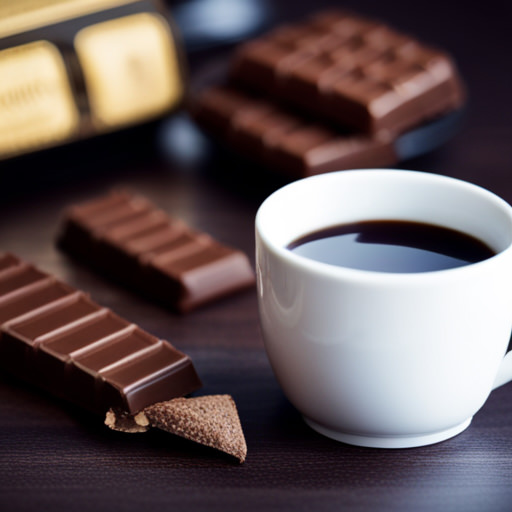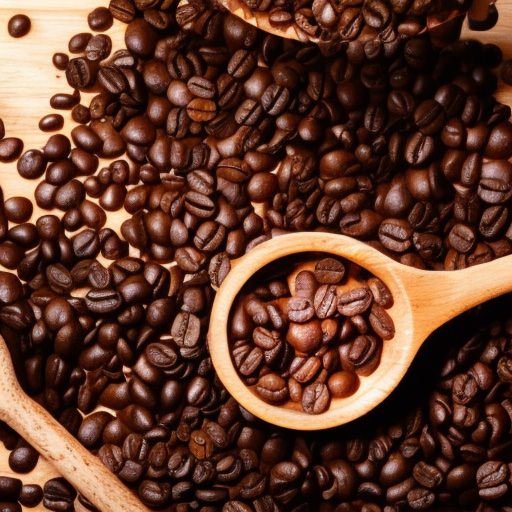Understanding your palate and the nuances of coffee beans can significantly enhance your coffee-drinking experience. Knowing what you like will allow you to select coffee beans that align with your preferences. Do you have a penchant for the sweet, or do you savor the bitter? Do you relish fruity undertones or do you crave the comforting taste of chocolate? Do you prefer a bright, acidic kick or a smooth, mellow brew? Gauging your taste preference not only narrows down your choices but also elevates your experience, turning a simple cup of coffee into a tailored treat.
Additionally, there are various elements that define the taste of your coffee. These include the type of coffee beans, their origin, the roast level, the flavor profiles, and even the freshness of the beans. Each of these factors has a distinct role to play in determining the final taste of your brew. While the type of beans primarily influences the overall strength and body of the coffee, the roast level can modulate the balance between the beans’ inherent characteristics and those imparted by the roasting process. Furthermore, single-origin coffees and blends can offer vastly different taste experiences, with the former bringing the unique flavors of a specific region and the latter offering a harmonious blend of various regions. Lastly, the flavor profiles can guide you towards your preferred tasting notes, and the freshness of beans can be a determining factor in the robustness of your coffee’s flavor.
Hence, choosing the right coffee beans is not merely a decision; it is an exploratory journey that weaves through your taste buds and the fascinating world of coffee. This guide aims to help you navigate this journey, equipping you with the knowledge needed to make an informed decision about the right coffee beans for your taste preferences.
Choosing the right coffee beans for your taste preference involves understanding your palate and then considering the type, origin, roast level, and flavor profile of the beans. Here are some steps to guide you:
Understand Your Palate: Do you prefer something sweet or bitter? Fruity or chocolaty? Acidic or smooth? Understanding what you like can help you narrow down your choices when choosing coffee beans.
Type of Coffee Beans: There are primarily two types of coffee beans available in the market – Arabica and Robusta. Arabica beans have a sweeter, more complex flavor and tend to be less bitter, while Robusta beans are stronger, more bitter, and have a higher caffeine content.
Single Origin vs Blends: Single-origin coffee is sourced from one location or farm and tends to offer unique flavors specific to its region. Blends mix beans from different origins to create a balanced flavor profile. Single-origin coffees can be great for tasting the distinct flavors of a specific region, while blends are often designed to have a balanced, consistent flavor.
Roast Level: The roast level can significantly impact the flavor of your coffee. Light roasts are lighter in color, have a more acidic taste, and retain most of the original coffee characteristics. Medium roasts offer a balance between the original coffee characteristics and the flavor of the roasting process. Dark roasts are bold and rich, with most of the flavor coming from the roasting process.
Flavor Profile: Coffee can have notes of various fruits, chocolates, spices, and more. Usually, coffee packaging will provide a description of these flavor profiles. Choose a flavor profile that matches your preferences. If you like a fruity taste, look for beans that have berry or citrus notes. If you prefer something smooth and sweet, look for beans with chocolate or caramel notes.
Freshness: Coffee beans are best used within a month of being roasted. Look for bags with a roast date and not just an expiry date.
Processing Method: The way the coffee beans are processed after being harvested can also impact the flavor. The main methods are washed (or wet), natural (or dry), and honey (or pulped natural). Washed coffees tend to be cleaner and brighter, natural processed coffees can be fruity and complex, and honey processed can often have a balance of these characteristics.
Remember, the best way to find what you like is through tasting and experimenting. Try different types, roasts, and origins to discover which beans you prefer. Also, the way you brew your coffee can significantly affect the taste, so experiment with different methods (like French press, pour over, espresso, etc.) to see which you prefer.
Please note that if you purchase from clicking on the link, some will result in my getting a tiny bit of that sale to help keep this site going.



